The town of Hajo, situated 30 kms to the west of the urban center, Guwahati, is home to a sacred Hindu and Buddhist pilgrimage known as the Hayagriva Madhava Temple. The sacred shrine is situated atop the Manikuta hill and is dedicated to the Hindu God Vishnu, in his Hayagriva incarnation. According to Hindu mythology, in order to punish the demons, Madhu and Kaitava who had stolen the Vedas from Lord Brahma, Lord Vishnu was incarnated as Hayagriva. It is generally believed that the current structure of the temple was constructed by the king Raghudeva Narayan in the year 1583, though some historians are of the opinion that an emperor of the Pala dynasty had constructed it in the 6th century. For the Buddhists too, this is a sacred place as a number of Buddhist monks are of the opinion that this is the place where Buddha had attained Nirvana. The temple consists of three main parts –the shikhara, or the top, the center and the basement. The shikhara is pyramid-shaped. The base of the structure consists of huge brick pillars and there is a spacious entrance hall in the front. It is also believed that this structure was once destroyed by Kalapahar, and was later resurrected.
Popular Things to do & See in and around
For both the Hindu and the Buddhist pilgrims this is a place where they offer their prayers to their chosen deities. Apart from that people who are interested in the archaeological ruins can also have a field day in the Hayagriva Madhava temple. There are other places of interest in the town of Hajo, like the Powa Mecca, and the Dhoparguri Satra.
Getting There
Hayagriva Madhava temple on Manikuta Hill can be reached by any local transport at Hajo. Nearest airport to the place is the Guwahati airport and by a 47 minutes car drive you can reach Hajo. Take any auto rickshaw or rented car to reach this temple.

The nearest railway station from Hajo is also situated at Guwahati. Bus services are available from Guwahati to Hajo.
Best Time to Visit
The town of Hajo is situated in the subtropical climate, and therefore, the months of summer can be grueling hot. The average temperature is 24 degree Celsius. Monsoon months bring incessant rain and a sultry heat, with a precipitation rate of 1928 mm. From the late autumn to spring is the best time to visit this place, as the weather remains favorable to enjoy the temple visit.

















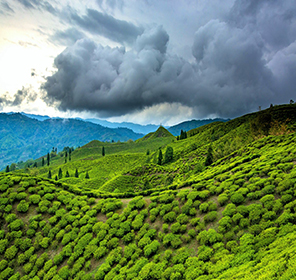
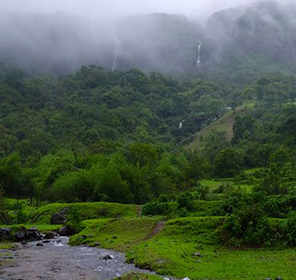
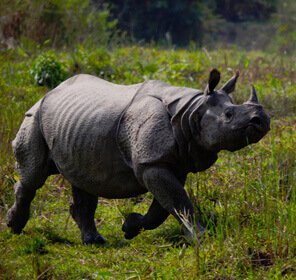
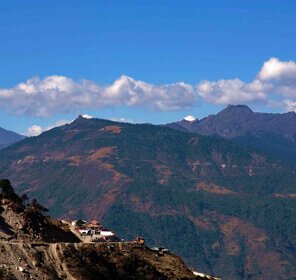

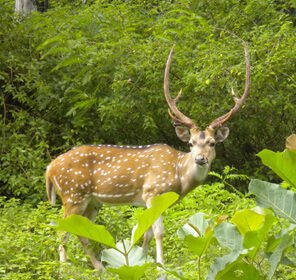
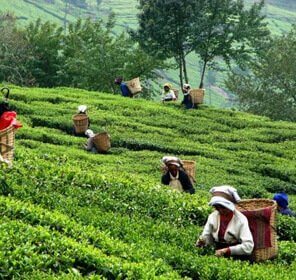

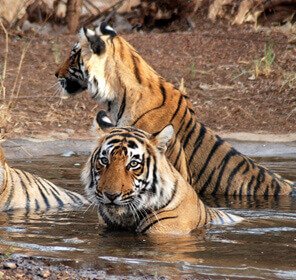
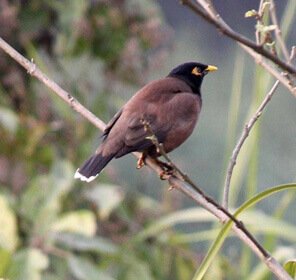
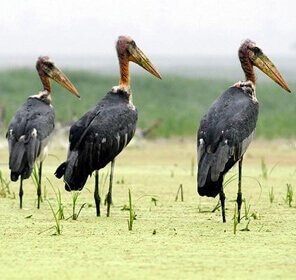
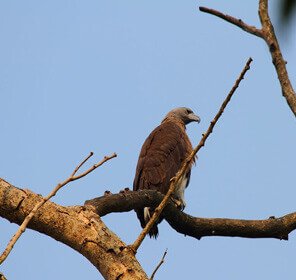
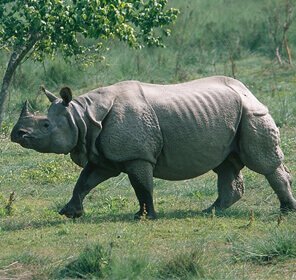

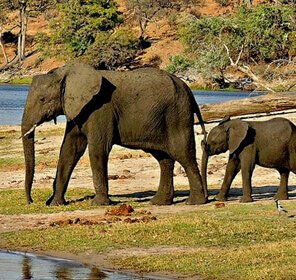

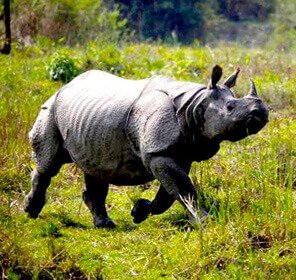


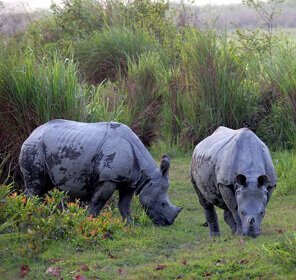
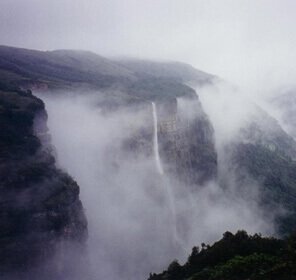
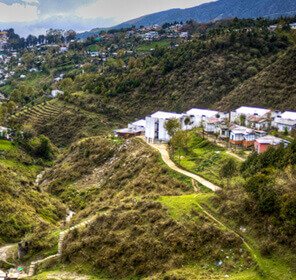
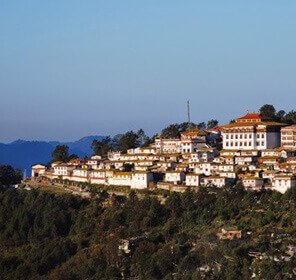
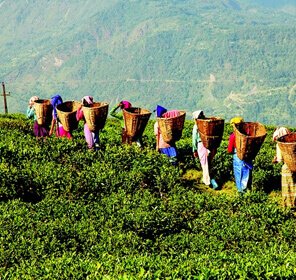
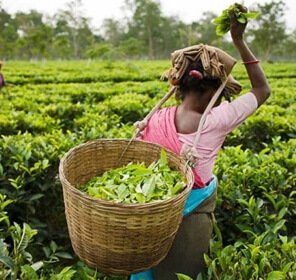

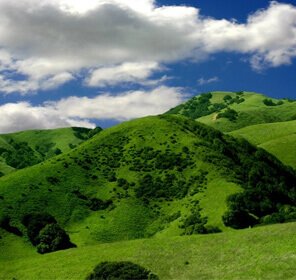
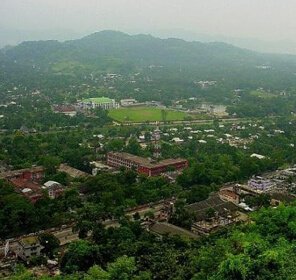
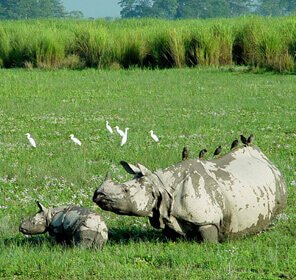
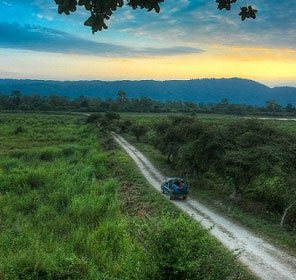
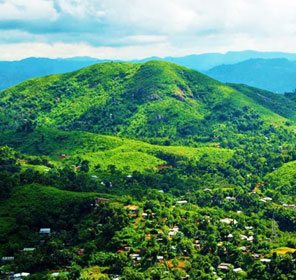

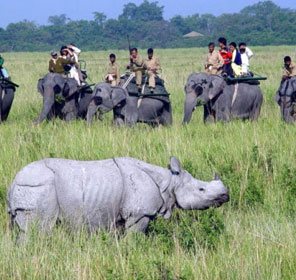
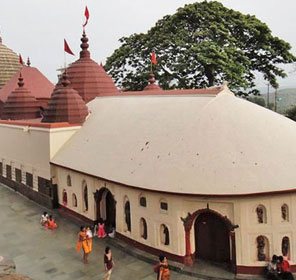

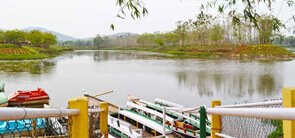
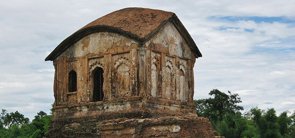
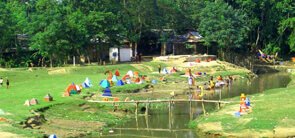


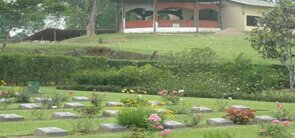
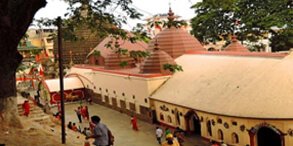
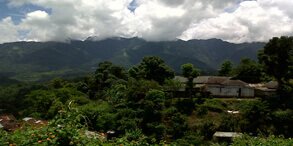
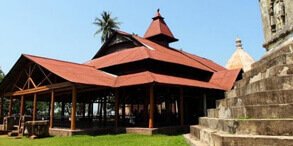
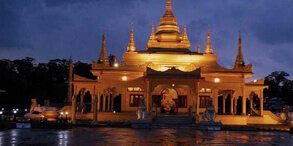
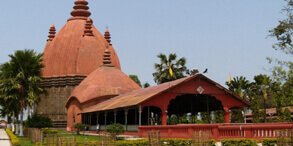
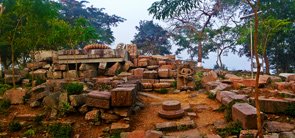
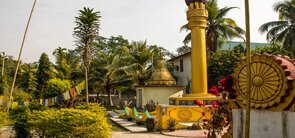
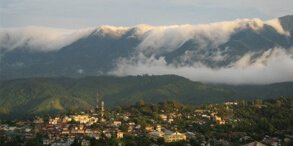
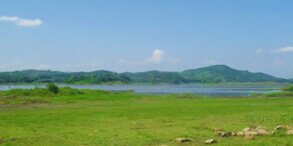
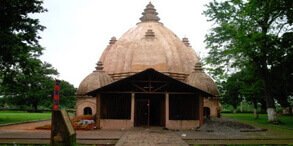
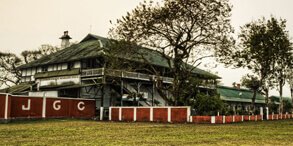
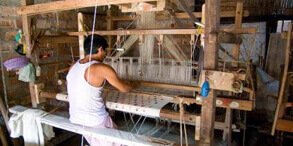
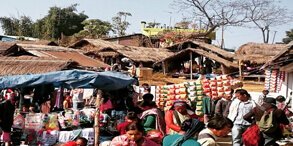

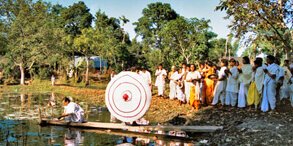
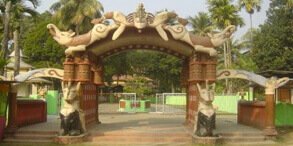
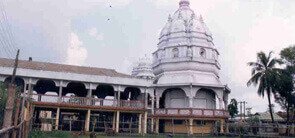
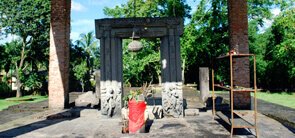
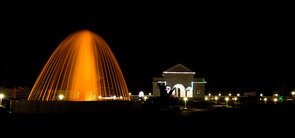

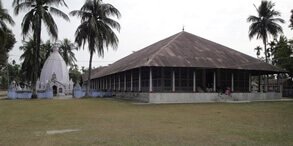
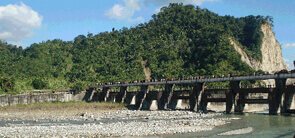

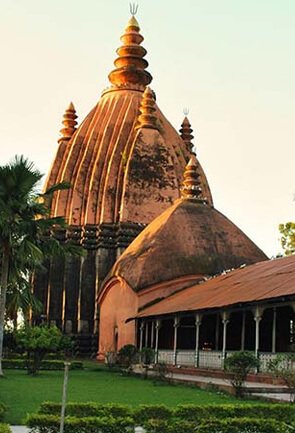
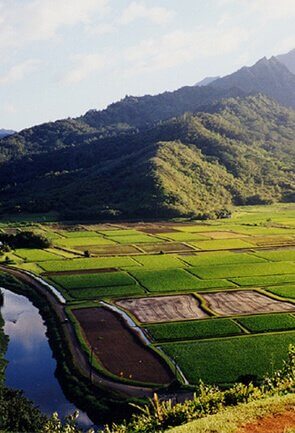

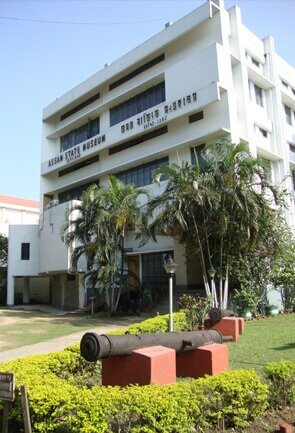
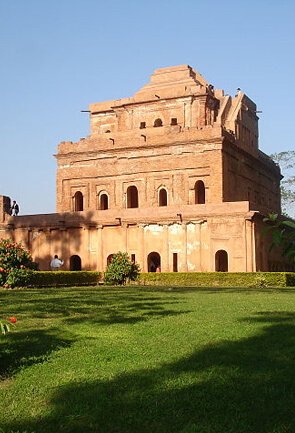
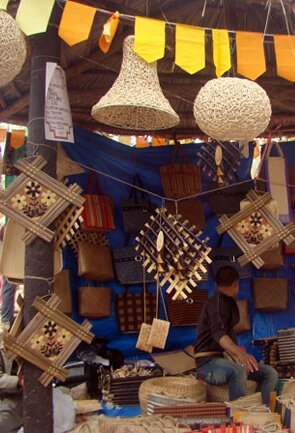
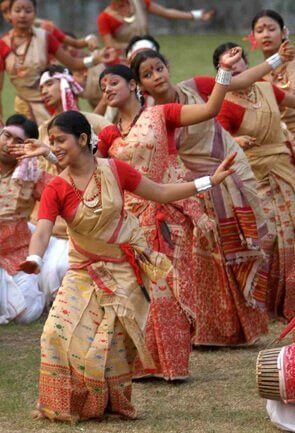
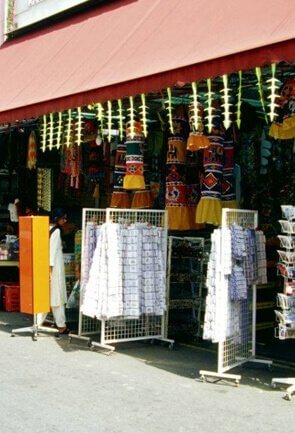
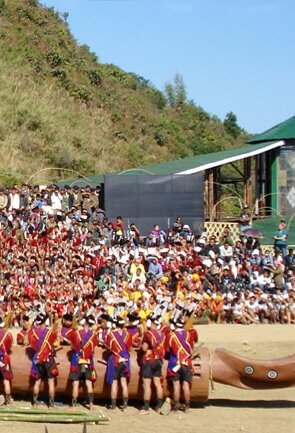

 Plan Trip
Plan Trip Call Us
Call Us Packages
Packages Home
Home